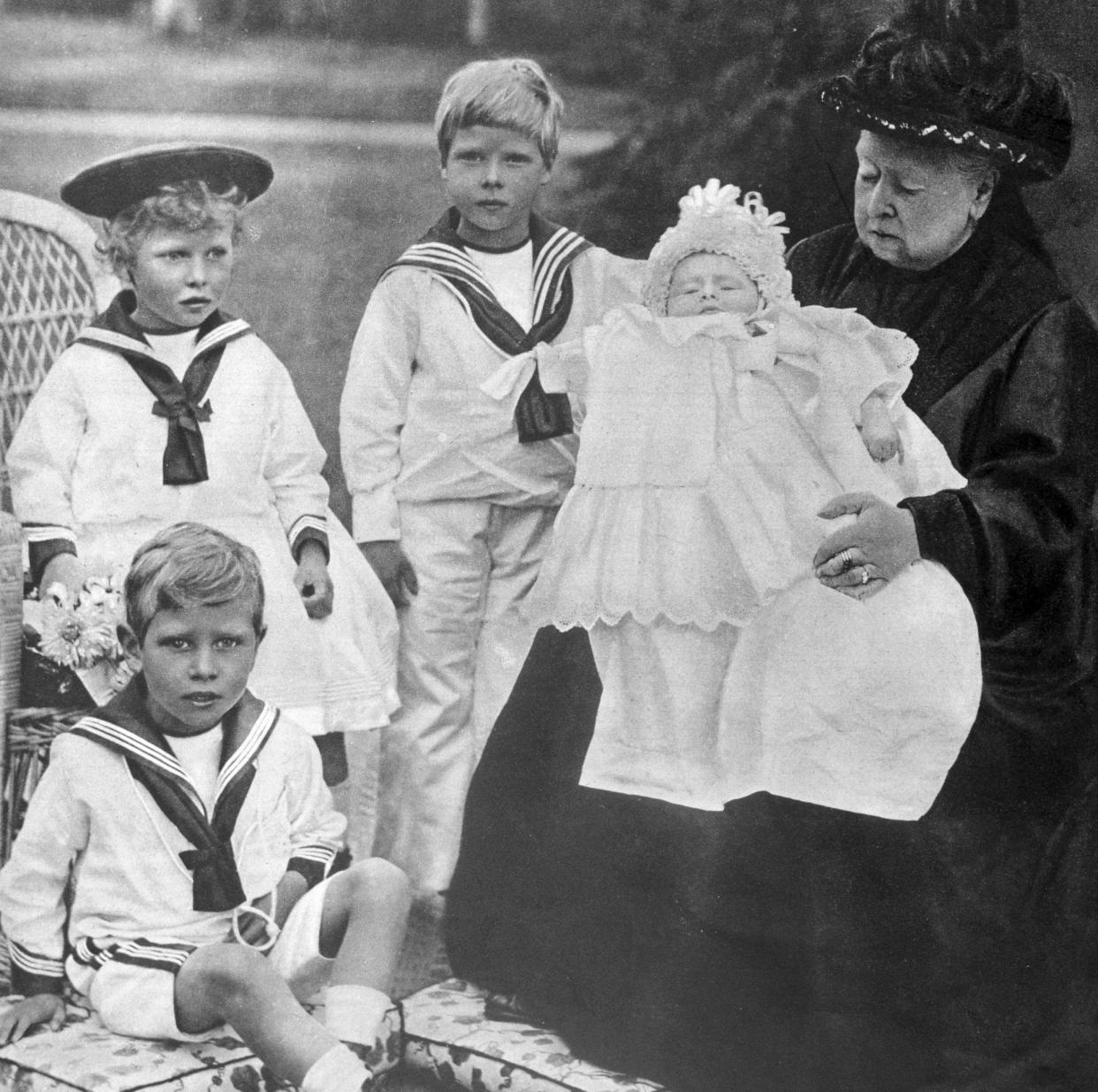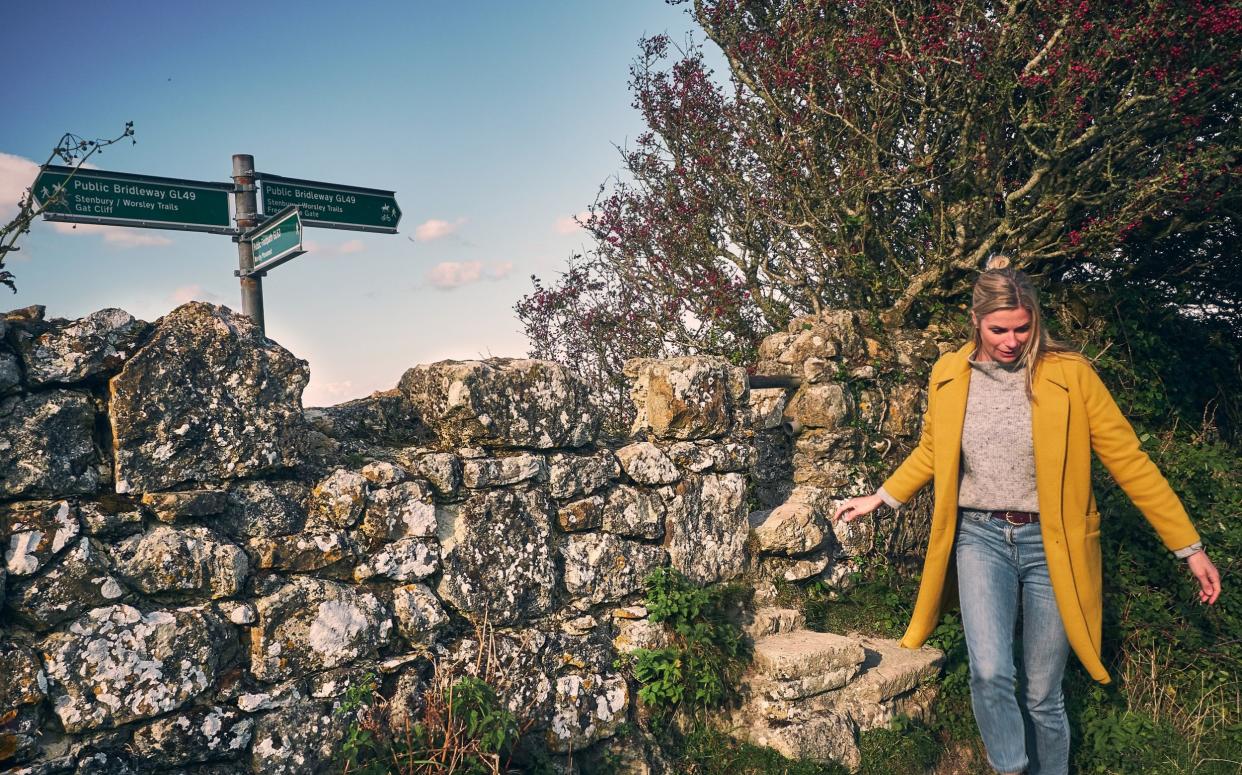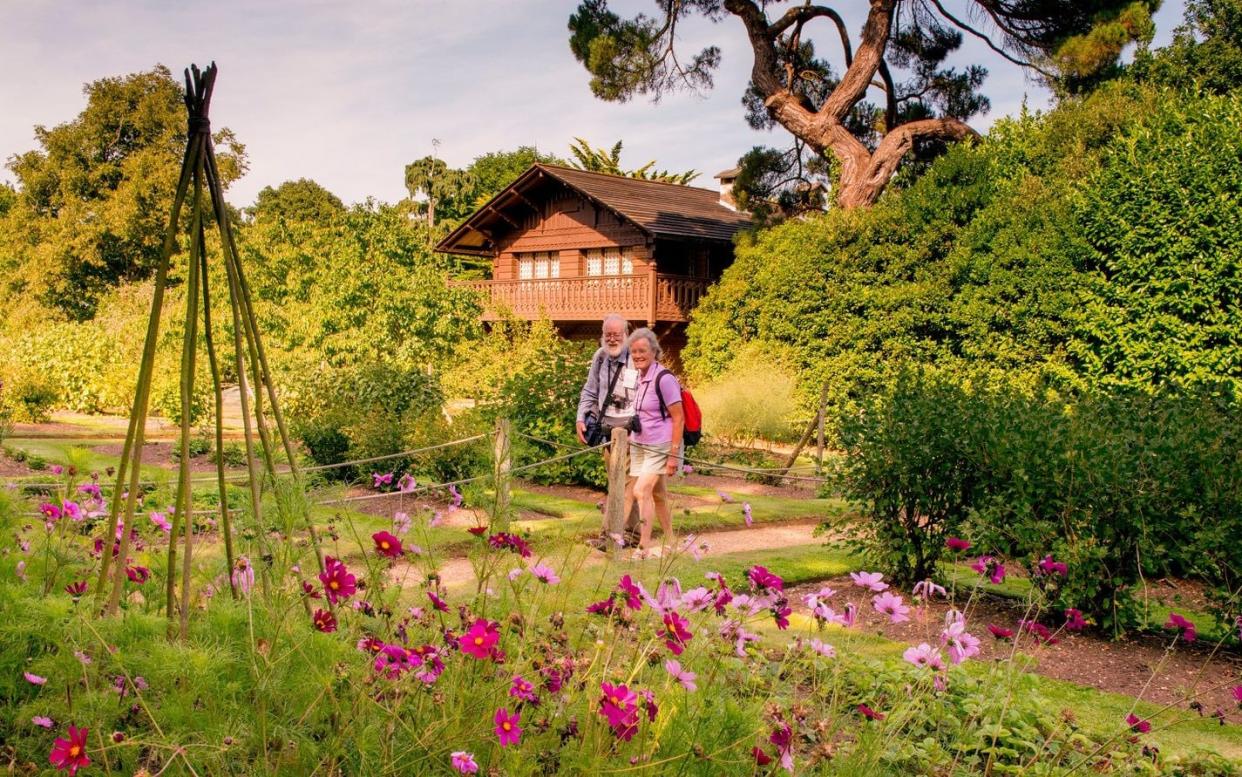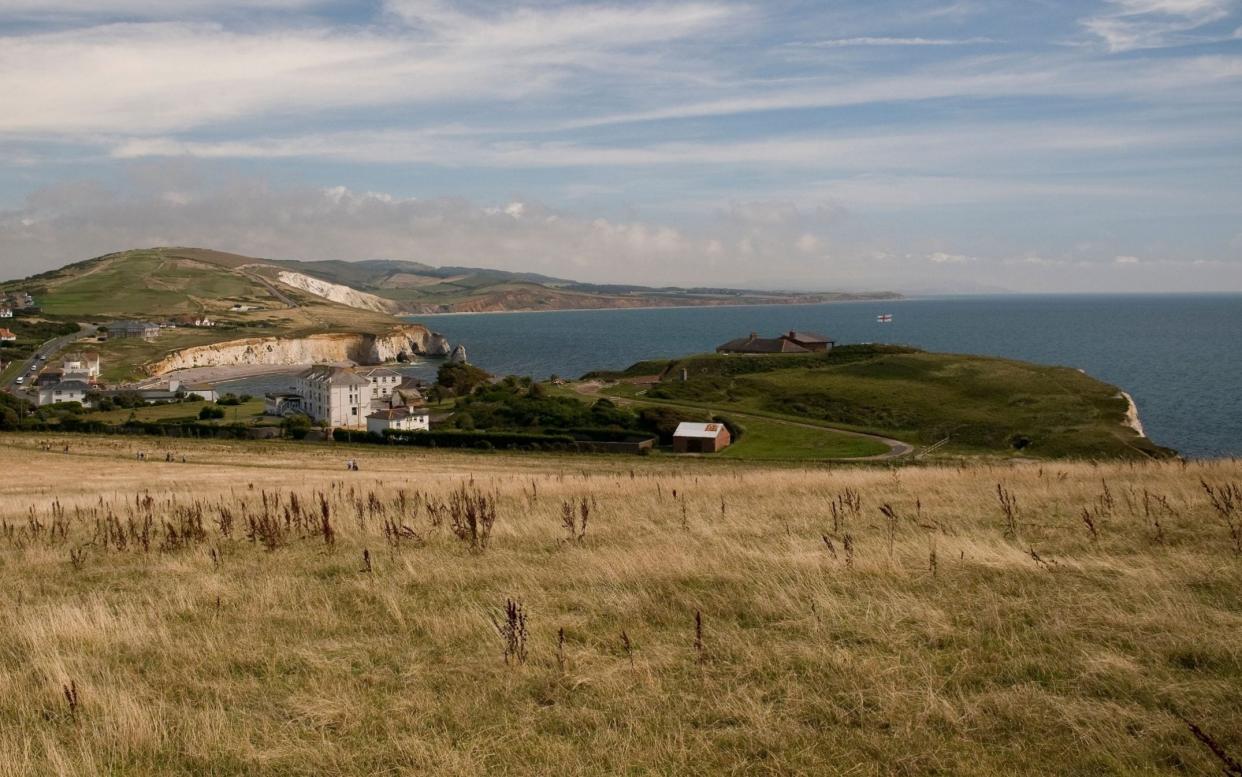Queen Victoria’s summer retreat at the heart of row over access for walkers

English Heritage has been accused of making a new nationwide walking trail “unfit to be called the King’s Coast Path” by blocking access to Osborne House, Queen Victoria’s summer retreat on the Isle of Wight. Ramblers have threatened a judicial review unless an agreement on a proposed footpath can be found.
The National Trail was renamed the King Charles III England Coast Path after the Coronation last year and the entire 2,700-mile route is due to be completed this year – 15 years after legislation to establish it was approved.
“We’ve campaigned on behalf of the public for a national coast path for more than 20 years,” said Kate Ashbrook, general secretary of the Open Spaces Society. “We’re determined not to let this get in the way of its completion.”

Grade II-listed Osborne House is located on the north coast of the island and set in grounds that run down to a shingle beach, where the proposed route would pass near the estate’s Victorian tea hut. English Heritage has cited security concerns, arguing that access could jeopardise the Royal collection kept at Osborne House and the adjacent Swiss Cottage, which served as a runaround for a generation of royal children. Without an agreement, walkers must follow the main A3021 that runs from East Cowes and inland country lanes.
“A National Trail following a main road with no coast views is not fit to be called a King’s Coast Path,” said David Howarth of Isle of Wight Ramblers. “All we are asking for is a 300-metre path that would take you about four minutes to walk along the shore, and join this up with access through woodlands. That would avoid a four-mile walk along a busy A-road with its car fumes and a horrible rat run of a country lane. You can’t have a coastal path with significant sections with absolutely no view of the sea, not even across fields.”
Howarth believes the path would be transformational both for the local and wider area. “This isn’t the case of a few ramblers making a point,” he added. “East Cowes is a glorious area but historically never had any public footpaths to allow people to get into the local countryside. It would benefit the 140,000 islanders and tourists.”

David Bailey, English Heritage’s head of historic properties on the island, said he had worked closely with Natural England, the government agency overseeing the coast path, “to see whether we could make a path through Osborne work”. He added: “Despite being exempt from the coast path we explored if there was a way to facilitate access that didn’t pose a risk to the historic landscape and our priceless collection. But we’re a small estate and a new path would mean fences, gateways and CCTV.”
Osborne House has a rich royal history and is arguably the place where Queen Victoria was perhaps most amused. She and Prince Albert oversaw its construction between 1845 and 1851 in the style of a Renaissance palazzo and over time it became their retreat from London. She described Osborne House as her and Albert’s “little paradise”. After Albert’s death, the Queen increasingly lived out her days there and upon her death in 1901 she was laid in state in its dining room before burial at Windsor. The Osborne estate was given to the nation by Edward VII the following year. The collection ranges from gifts from visiting heads of state to children’s rocking horses and even the bathing machine – a cross between a garden shed and a pioneer’s wagon – where Queen Victoria got changed before taking to the water.

Howarth feels English Heritage is missing a commercial opportunity. He said: “Osborne House is really special. The vast majority of people walking that path would look up at the house and go ‘wow’ and come back and pay at the gate when they’ve done the walk. The tea hut is the sort of place walkers on a long-distance path dream of coming across – it would be really busy.”
Natural England says a coastal path is its preferred option but that its hands are tied unless English Heritage and neighbouring landowners budge. “We’re continuing to work with partners and landowners to find the best route,” said Neil Constable, programme manager for the coast path. “We do not believe an inland route to be the best outcome but without the support of Osborne House and others we may have no alternative than to propose one.”
If the deadlock is not broken, legal action beckons. “Without an acceptable proposal it is a case of looking at a judicial review,” says Howarth. “The terms of the coast path state very clearly that you should always have views of the sea. Everywhere around the coast problems have always been eventually ironed out, heads banged together, or people sorted things out over a drink. But, so far, not here.”
Walking the Wight coast
A circular walk around the Isle of Wight is already possible but in several places, the original 72-mile route has historically ducked inland. The new official path includes an additional 16 miles, opening up parts of the coast currently closed off to walkers.
Although the island is only 25 miles wide and 13 miles from north to south it packs in more than 500 miles of footpaths, as dense a network for a comparable area as you will find in the UK.
Outstanding sections of coast to explore include Tennyson Down, named for Alfred, Lord Tennyson, the poet laureate who lived nearby and would take a daily constitutional here on the broad sweep of rolling downland.

Another poet laureate, Sir John Betjeman, described the west of the island as “an earthquake poised in mid-explosion” with breathtaking high cliffs, sweeping bays and collapsed bays of exposed geology for walkers to enjoy.
In the north of the island – west of Cowes – is Newton Creek, another area enjoying greater access under the proposed coast path, and where you have a sporting chance of seeing white-tailed eagles swooping in search of mullet. On the east coast, Sandown Bay offers an incredible opportunity to walk five miles of sweeping bay at low tide.


